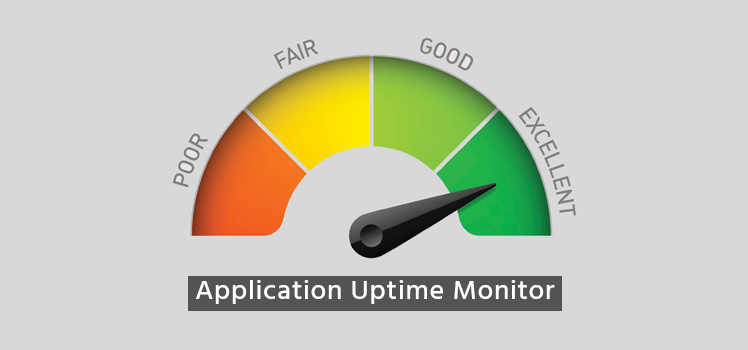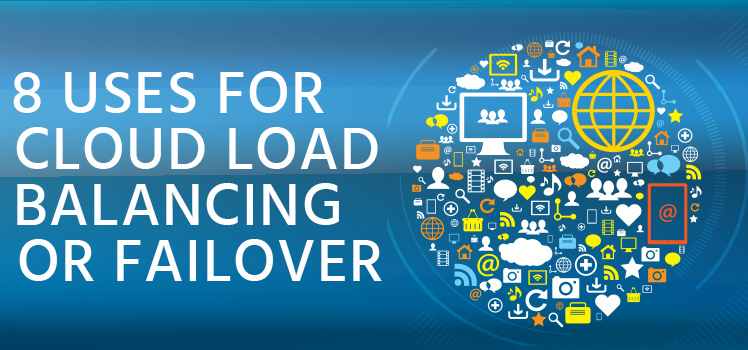What is The Cloud? A Technical Explanation
The Cloud – we hear that phrase thrown around a lot. It is obviously a special place because nearly every company wants to go there, probably because we hear how wonderful everything works in the cloud. Those who go there are promised a great deal of cost savings as well. No wonder everyone is talking about it.
But where is it exactly? Is the cloud the Internet or is it something more? As ubiquitous as the term is, many people feel like Joni Mitchell who sang the immortal words, “I really don’t know clouds at all.”
The answer is simple. The cloud is a network that hosts applications and services. What makes the cloud different from the traditional network located in a typical datacenter is that it is not hardware centric and location is irrelevant. It can service users whether it is located on-premise or a thousand miles away. The generally accepted definition of cloud computing comes from the National Institute of Standards and Technology (NIST).
“Cloud Computing is a model for enabling convenient, on-demand network access to a shared pool of configurable computing resources that can be rapidly provisioned and released with minimal management effort or service provider interaction.”
Clouds allow broad network access so that clients can access advertised services and resources using standardized applications. Added services and resources can be deployed on demand in real time, many times by the users themselves, negating the need for IT personnel. This makes clouds highly elastic, providing high levels of agility to organizations.
Cloud Deployment Models
There are three primary cloud deployment types:
Private Cloud – A private cloud exclusively serves a single or organization and simply serves its employees and/or clients within that autonomous organization. It can be hosted on-premise or managed by a third party.
Public Cloud – A public cloud is provisioned for use by the general public by a cloud provider such as Azure or Amazon Web Services. These public cloud providers can host resources and provide services for thousands of companies.
Hybrid Cloud – A hybrid cloud is simply a conglomerate of a private cloud and one or more hybrid clouds. Although each cloud is often a unique entity, the network infrastructure is bound together by proprietary or standardized technology. An example could be a company that employs a public cloud to scale peak or unanticipated usage demand.
Cloud Service Models
So we have looked at the various types of cloud deployment models. These models are derived around locations. However, there is one more model category of clouds that are derived around service roles of responsibility. When a company owns its own datacenter, it is responsible for everything, including the underlying infrastructure, servers, operating systems, applications, etc. This results in high levels of capital investment as well as the over procurement of resources as management continually purchases based on the needs of tomorrow, rather than today. The cloud however takes some of the burden of maintenance and support off an organization’s IT team, allowing them to focus on value driven projects rather than the burdensome task of patching, updating and migrating. This breakdown is shown below.
- Software as a Service (SaaS): Customers use an application provided by the SaaS provider that runs on the provider’s infrastructure. The customer is not responsible for the maintenance of any facet of the infrastructure or the application itself. The customer can access the application from anywhere in the world using either a web browser or some other type of thin client application. There is very little customization if any of the application for the customer. Examples of SaaS include Salesforce.com or Office 365.
- Platform as a Server (PaaS): Gartner describes PaaS as the cloud service rendition of application infrastructure (middleware), the foundation technology for business applications. In simple terms, the PaaS provider provides the hardware infrastructure (servers, switches, etc.) as well as the operating system. Customers are then responsible for their own applications. Examples of PaaS include Google App Engine and Microsoft Azure services.
- Infrastructure as a Service (IaaS): With IaaS, customers have the opportunity to create their on-premise like datacenter in the cloud. In this case, the cloud provider supplies the ground foundation from which customers can then provision processing, storage, networks, virtual devices, etc. The customer is responsible for all provisioned resources while the provider is responsible for maintaining the IaaS underlying structure. A perfect example of IaaS is vCloud Air and Amazon Web Services.
Cloud Availability
No matter what type of cloud deployment you choose, or what service model works best for your situation, none of it matters if your services and applications are unavailable. In fact, network routing, load balancing and high availability are even more critical in a cloud environment versus a traditional on-premise legacy network due to the vast expansion of your network spanning multiple locations. Cloud computing is a new type of architecture, requiring a new type of network load balancing tools and services that can accommodate not only multiple servers, but even different regions. The cloud is no longer about traditional hardware, so do not make it dependent on traditional outdated fail over tools.
 What is an Application Delivery Network?
What is an Application Delivery Network?  Global Server Load Balancing (GSLB)
Global Server Load Balancing (GSLB)  Measuring Failure
Measuring Failure 


